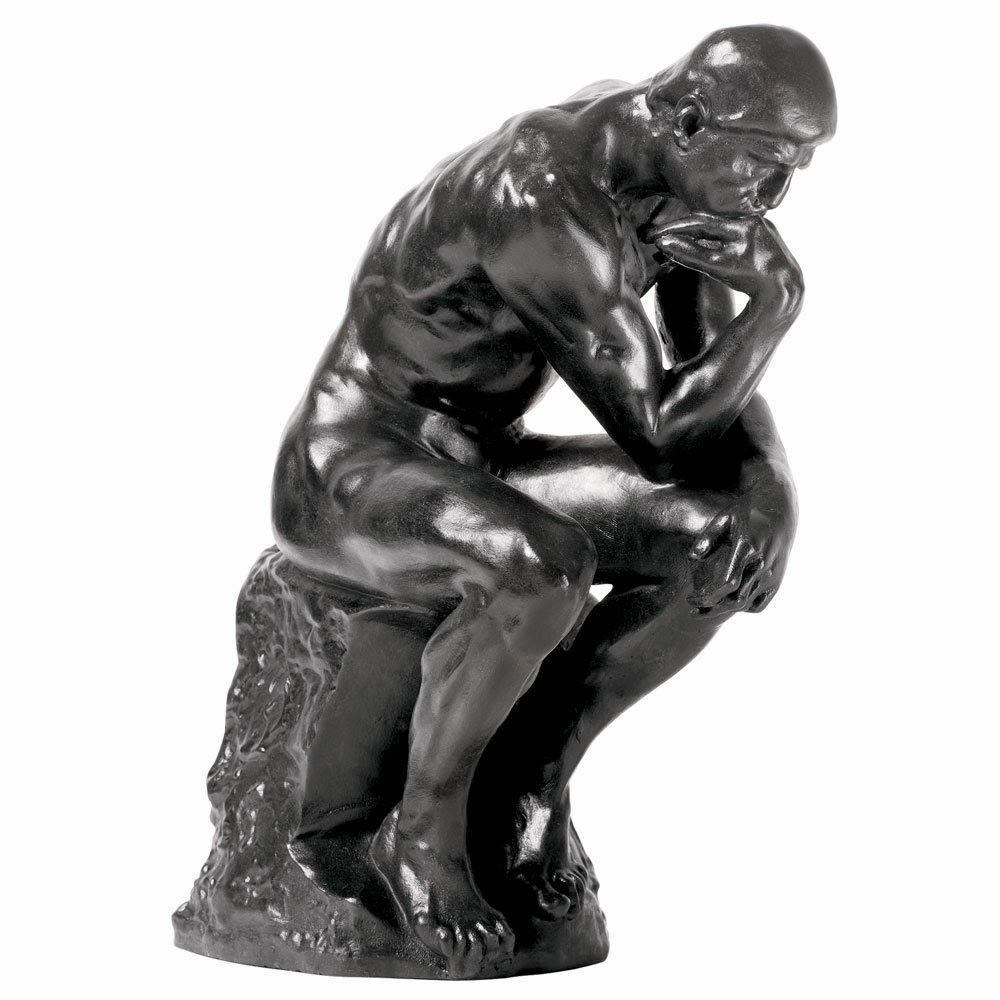MATERIALS
Lego building blocks
Lego train rails
Lego train rails
1 Make an outline of how it will look on paper roller coaster when ready. Calculate how many pieces of track will be needed for the size of the roller coaster. The bigger the line, the bigger the roller coaster.
2 Started by providing pathways such as have drawn. Organize your Lego blocks to make it easier to test different parts as you go. Make ups or curls to the track to make it interesting.
3 Try the curlers with a car to see if the height is correct. This will also serve to test if you added some curves. If a car gets on the track, adds another. Keep adding cars until you reach the desired number of cars on the road.













